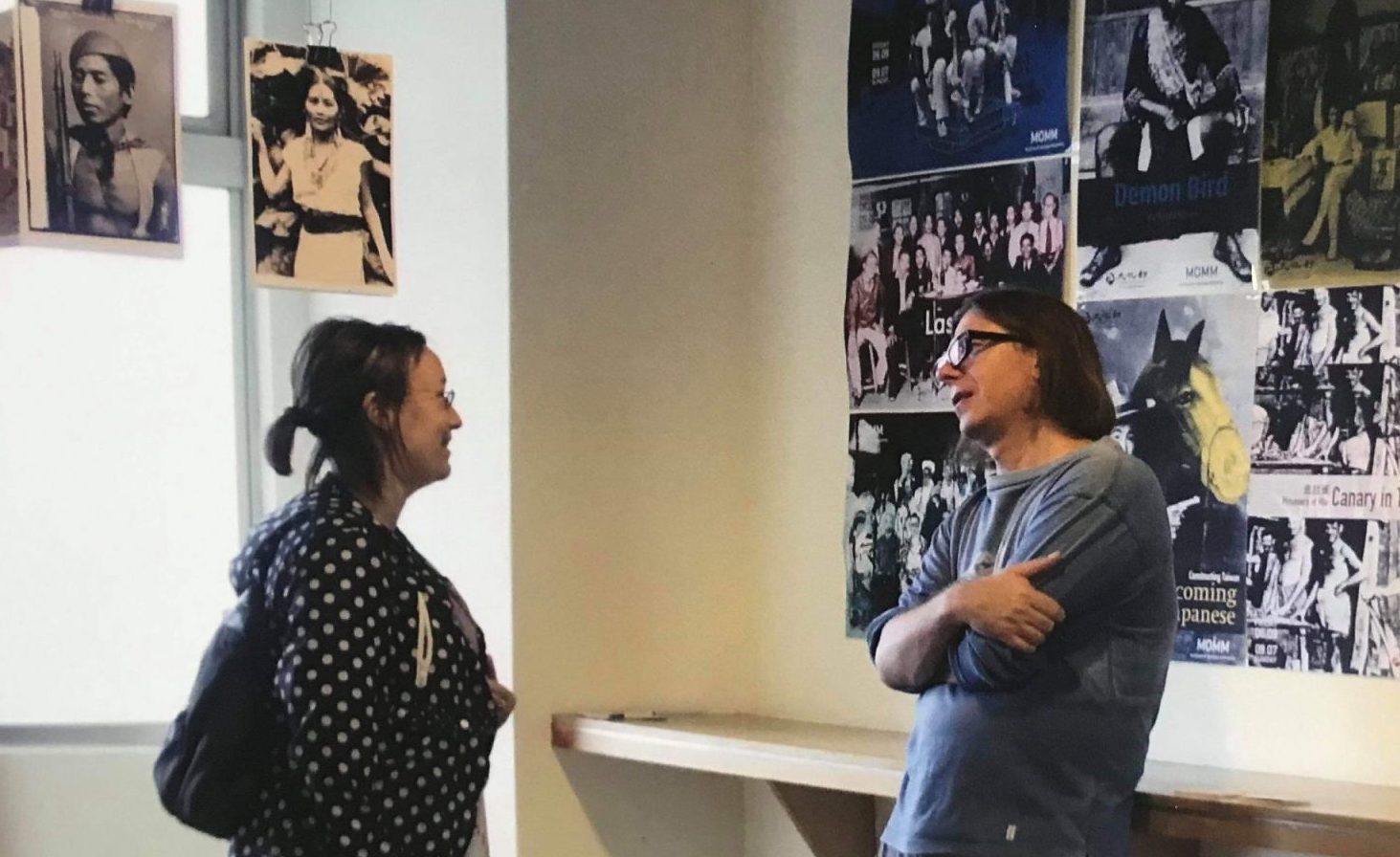Taipei 2017 | During a three-month residency, a was able to complete a project on the construction of history and memory of Imperial Japan in Taiwan. This was realised through representative maps that describe the genealogy of history using diagrammatic methods, making the evidence of connections visible. The three mappings were accompanied by an essay of 60 pages, which became a chapter of my doctoral thesis. At two exhibitions I also showed a series of series of posters on Japanese propaganda in the early 20th century. This was about illustrating the commercial construction of memory and the sovereignty of interpretation. The work was later used by the Taipei Artist Village institution for promotional purposes.
Pictorial maps representative arrange symbolic, symptomatic images of great pathos to chart anew the tensions between word and image and contemplate a road not taken in the dynamics of historical memory. In the way history is put into a visual system not only the image of memories becomes transparent but the science of letters & art itself gets its visual representation. Describing the genealogy of art and history with diagrammatic methods makes the evidence of correlations visible. Those classification systems were developed from 1900 on by Felix Auerbach, Aby Warburg, Paul Otlet or Alfred Barr to depict the genealogy of art periods, stile and artistic relationship.Dynamographical maps reproduce the very entanglements and errancies found by shaping the spatial and temporal dynamics of cultural mobility. Those cartographies oscillate between ex tremes of emotion and reason to make visible a genealogy of the creational process of history. The intention is to collect history’s artifacts to furnish a metaphoric ar chaeology of modernity. Creating this dialectic of the cognitive and historical process may yield by critical spectator to phenomenological knowledge and different historical understanding.













